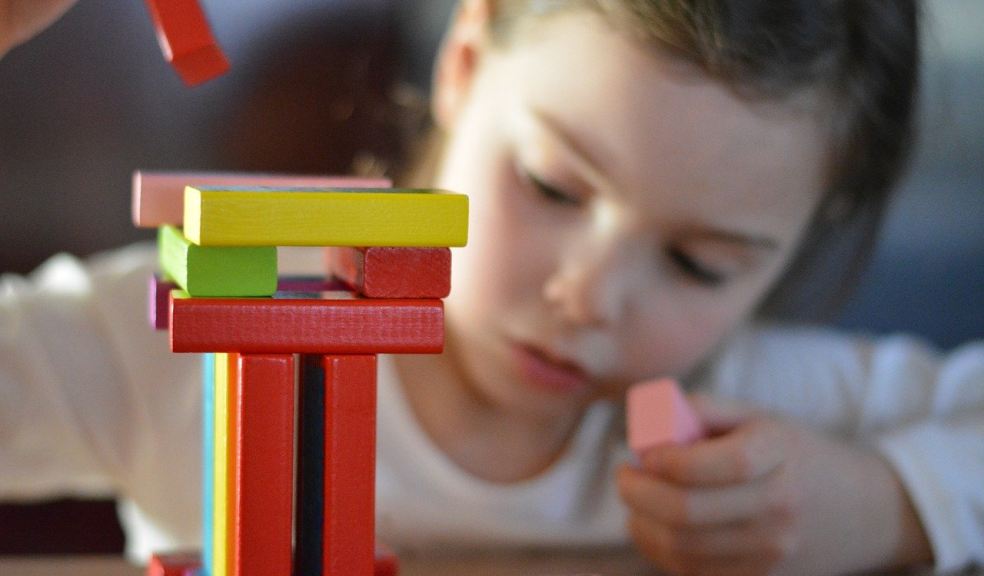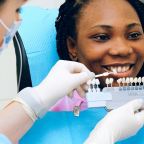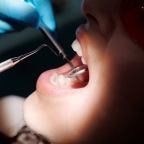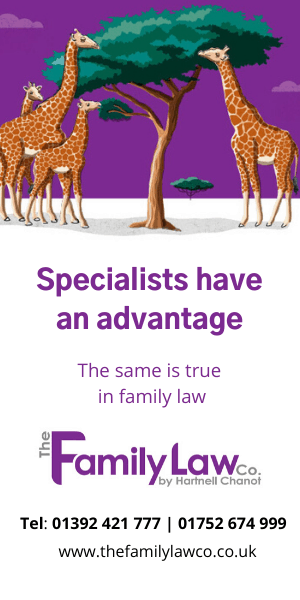
The 8 Most Common Childhood Cancers
It is no secret that adults get cancer. However, children also develop this disease, and it is more common than you think with around three hundred thousand kids diagnosed with cancer around the world each year. There are various types of childhood cancers, with some cancers more common in children compared to adults. In addition, there are some cancers that only affect children. Let’s take a look at some of the most common childhood cancers.
Leukaemia
Leukaemia is the most common type of cancer to affect children. It is a blood cancer that occurs when the bone marrow produces too many blood cells, causing the blood cells not to function correctly. While there are several different types of leukaemia, some affect children more than others. In children, the most common type is acute lymphoblastic leukaemia, while the second most common is acute myeloid leukaemia. Due to extensive childhood cancer research, around ninety percent of children who are diagnosed with acute lymphoblastic leukaemia will survive.
Lymphoma
Like leukaemia, lymphoma is another type of blood cancer, specifically attacking the lymph nodes, which are a part of the immune system. Lymphomas come in two groups: Hodgkin lymphoma and non-Hodgkin lymphoma. Hodgkin lymphoma is more common in young adults and teenagers, although it can be diagnosed at any age. On the other hand, non-Hodgkin lymphoma is more common in younger children, and is also more aggressive in children compared to in adults. However, it also usually responds better to treatment in children. You can learn more about lymphoma cancer treatment from Circle Health Group which offers private cancer screenings and care from the largest network of private hospitals in the UK.
Wilms Tumour
Wilms tumour is a type of kidney cancer that most commonly affects young children between the ages of three and four. It tends to respond well to treatment, particularly if it is caught early, before it has spread to other parts of the body. Due to the progress in childhood cancer research, the prognosis for kids with Wilms tumour is quite positive, with over ninety percent of children diagnosed with this cancer expected to survive.
Neuroblastoma
Neuroblastoma is a type of cancer that forms in the nerve tissue and can affect children from as early as even before they are born. It is rarely diagnosed in people who are over the age of ten and is most common in babies and children aged five or under. It typically starts in the abdomen but can be found anywhere in the body.
Brain Cancer
Brain cancer is one of the most common forms of childhood cancer. It can form in any part of the central nervous system including the spinal cord and brain. Medulloblastoma is the most common brain cancer in children. It is a tumour that begins in the cerebellum, which is the part of the brain that is responsible for balance and tasks like walking. While medulloblastoma can affect adults, it is very rare. The location of this cancer in the central nervous system makes it very difficult to treat.
Bone Cancer
Bone cancer can affect patients of any age, but it is more common in teens and young adults. It is also a little bit more common in males. There are two main types of bone cancer: Ewing sarcoma and osteosarcoma. Osteosarcoma is the most common type of bone cancer that affects children, usually found in the long bones of the leg or the upper arm. In comparison, Ewing sarcoma is more likely to affect the bones in the thigh, ribs, upper arm, or pelvis.
Retinoblastoma
Retinoblastoma is a cancer of the retina, which is a part of the eye that detects colour and light. This cancer is most commonly diagnosed in children under the age of three years old and can occur in either one or both eyes. Children who are diagnosed with retinoblastoma in both eyes are likely to have a hereditary mutation which increases their likelihood of developing other types of cancer.
Rhabdomyosarcoma
Rhabdomyosarcoma is a type of cancer that develops in cells that would normally develop into skeletal muscles, or the muscles that we use to control or move parts of our body. This cancer can begin in almost any place in the body, including the pelvis, arms and legs, head and neck, groin, and belly. It is the most common type of soft tissue sarcoma in children and can cause symptoms such as pain or swelling.
Unlike many cancers in adults, lifestyle risk factors don’t have much, if any role in the development of childhood cancer. Treatment for childhood cancer is mainly based on the type and the cancer stage. There are various types of treatment for children including chemotherapy, radiotherapy, stem cell transplants, immunotherapy, and targeted therapy medication. Thanks to ongoing research in childhood cancer, more kids are surviving this disease.











